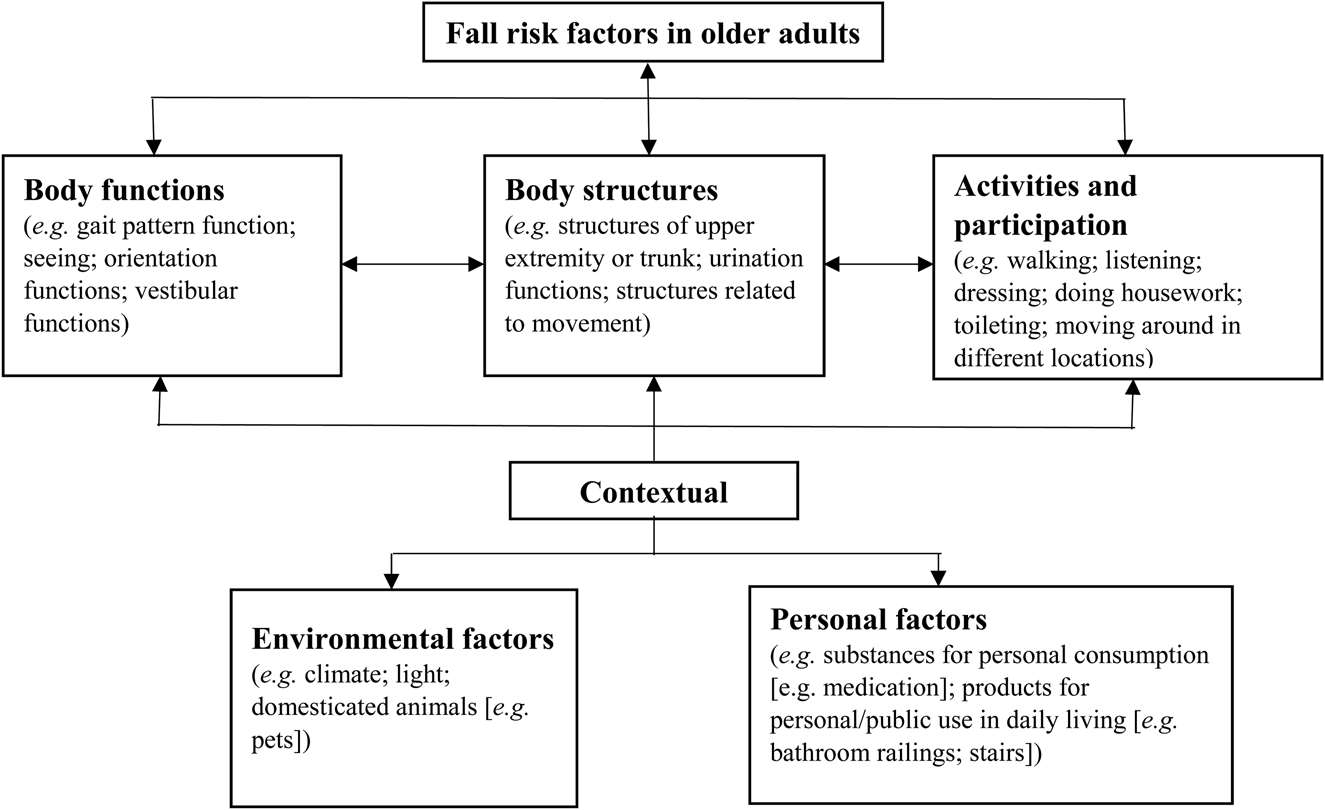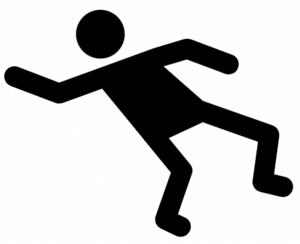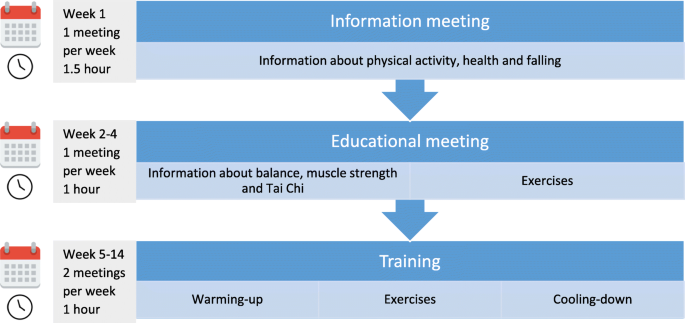All About Dementia Fall Risk
All About Dementia Fall Risk
Blog Article
Getting My Dementia Fall Risk To Work
Table of ContentsDementia Fall Risk - The FactsThe Dementia Fall Risk IdeasA Biased View of Dementia Fall RiskNot known Factual Statements About Dementia Fall Risk
A loss risk evaluation checks to see exactly how most likely it is that you will certainly drop. The assessment usually includes: This includes a series of concerns regarding your total wellness and if you have actually had previous drops or problems with balance, standing, and/or walking.STEADI includes screening, examining, and treatment. Treatments are suggestions that might minimize your risk of dropping. STEADI consists of 3 actions: you for your danger of succumbing to your risk variables that can be boosted to attempt to stop drops (as an example, equilibrium troubles, damaged vision) to lower your danger of falling by making use of reliable approaches (for instance, giving education and learning and sources), you may be asked numerous concerns including: Have you fallen in the past year? Do you really feel unstable when standing or walking? Are you fretted about falling?, your company will evaluate your strength, equilibrium, and gait, utilizing the following loss analysis tools: This test checks your stride.
If it takes you 12 secs or more, it may suggest you are at higher threat for a fall. This test checks toughness and balance.
Relocate one foot midway onward, so the instep is touching the big toe of your various other foot. Relocate one foot totally in front of the other, so the toes are touching the heel of your other foot.
Dementia Fall Risk Fundamentals Explained
Many falls occur as an outcome of several contributing elements; therefore, handling the risk of dropping starts with determining the elements that add to drop danger - Dementia Fall Risk. A few of the most pertinent danger elements consist of: Background of prior fallsChronic clinical conditionsAcute illnessImpaired gait and balance, reduced extremity weaknessCognitive impairmentChanges in visionCertain high-risk medications and polypharmacyEnvironmental variables can likewise enhance the risk for drops, including: Inadequate lightingUneven or harmed flooringWet or slippery floorsMissing or harmed handrails and order barsDamaged or incorrectly equipped devices, such as beds, mobility devices, or walkersImproper usage of assistive devicesInadequate supervision of the individuals living in the NF, consisting of those who show aggressive behaviorsA effective loss threat administration program needs a detailed professional assessment, with input from all participants of the interdisciplinary group

The treatment plan must likewise consist of interventions that are system-based, such as those that advertise a safe atmosphere (appropriate illumination, hand rails, get bars, etc). The effectiveness of the interventions need to be evaluated regularly, and the treatment strategy modified as needed to show changes in the loss danger analysis. Implementing a loss risk administration system making use of evidence-based best method can reduce the prevalence of drops in the NF, while restricting the potential for fall-related injuries.
Dementia Fall Risk Fundamentals Explained
The AGS/BGS guideline recommends screening all adults aged 65 years and older for fall danger yearly. This testing includes asking individuals whether they have actually dropped 2 or even more times in the previous year or sought medical interest for an autumn, or, if they have not fallen, whether they feel look at this now unsteady when directory strolling.
Individuals that have actually dropped when without injury ought to have their balance and gait evaluated; those with gait or equilibrium problems need to obtain added assessment. A background of 1 loss without injury and without stride or balance problems does not require further assessment past ongoing annual fall risk screening. Dementia Fall Risk. A loss risk analysis is required as part of the Welcome to Medicare assessment

The Ultimate Guide To Dementia Fall Risk
Documenting a falls background is one of the high quality indicators for autumn avoidance and management. copyright drugs in certain are independent predictors of falls.
Postural hypotension can commonly be eased by decreasing the dose of blood pressurelowering medications and/or stopping medicines that have orthostatic hypotension as an adverse effects. Use above-the-knee assistance tube and copulating the head of the bed elevated may additionally decrease postural decreases in blood pressure. The preferred aspects of visit homepage a fall-focused physical assessment are displayed in Box 1.

A Yank time higher than or equivalent to 12 secs recommends high fall danger. Being not able to stand up from a chair of knee elevation without using one's arms indicates increased fall threat.
Report this page